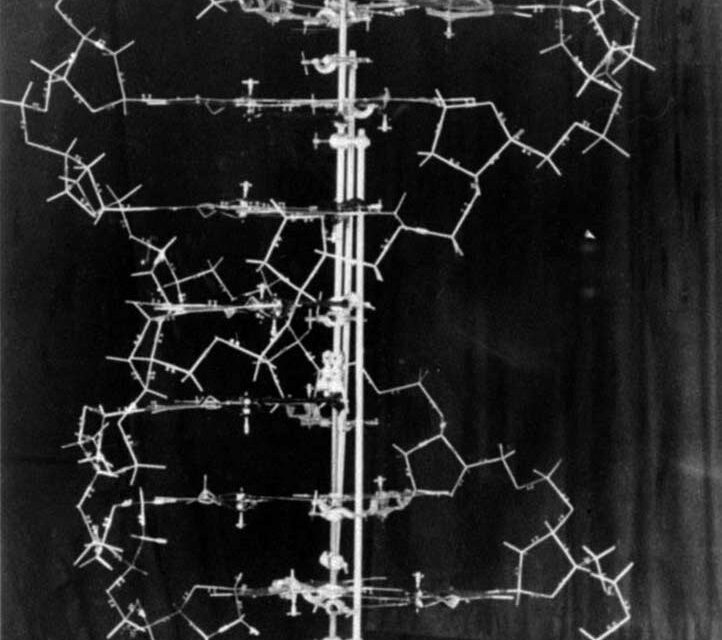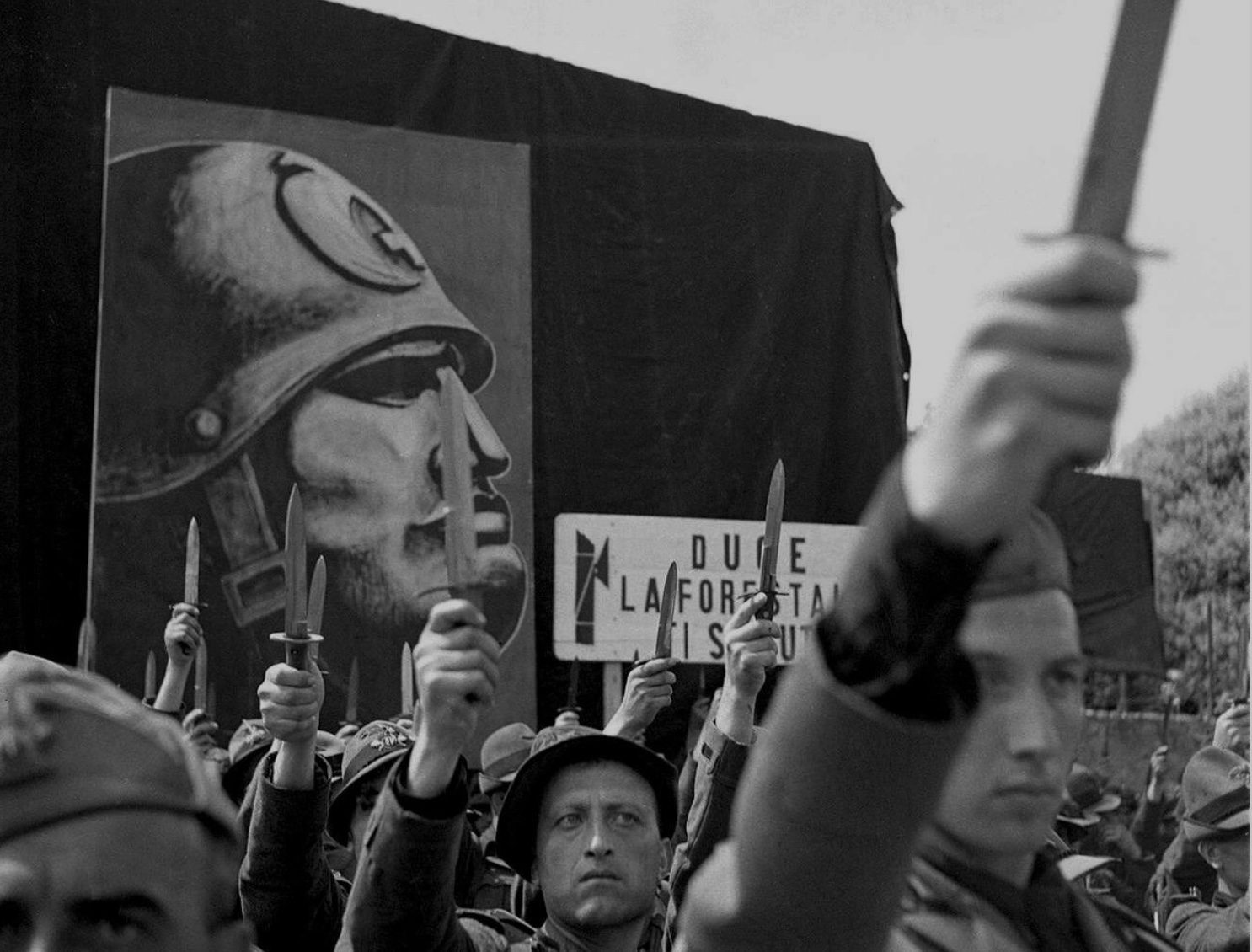History Guild General History Quiz 115
See how your history knowledge stacks up!
Want to know more about any of the questions? Once you’ve finished the quiz click here to learn more.
Have an idea for a question? Suggest it here and we’ll include it in a future quiz!
The stories behind the questions
1. When did Watson and Crick discover the structure of DNA?
1953 – Watson and Crick published their findings in a one-page paper, with the understated title “A Structure for Deoxyribose Nucleic Acid,” in the British scientific weekly Nature on April 25, 1953, illustrated with a schematic drawing of the double helix by Crick’s wife, Odile.
2. Which city was the capital of Old Kingdom Egypt (2700-2100 BCE)?
Memphis – Read more about the Egyptian Old Kingdom, a time of prolific pyramid construction.
3. Upon receiving a decoration 60 years after their WW2 service who remarked ‘I killed a lot of Germans, and I am only sorry I didn’t kill more.’ ?
Nancy Wake – a New Zealand nurse and journalist who joined the Special Operations Executive (SOE) during World War II. She was living in France in 1940, and joined the French resistance after the German invasion. She was active in France as part of an escape line until 1943, when she was arrested by the Gestapo. She managed to convince them to release her, and fled to Britain via Spain. There she joined SOE, being trained in covert warfare, assassination and demolition before being parachuted back into France in 1944. She coordinated the actions of several resistance groups with the British, keeping them supplied with weapons, ammunition and money for over 5 months, before linking up with the Allied armies.
4. Which of the following people campaigned for an end to slavery?
William Wilberforce – a British politician, Wilberforce headed the parliamentary campaign against the British slave trade for 20 years until the passage of the Slave Trade Act of 1807. Wilberforce then supported the campaign for the complete abolition of slavery which led to the Slavery Abolition Act 1833, abolishing slavery in most of the British Empire. Wilberforce died just three days after hearing that the passage of the Act through Parliament was assured.
5. The battle of the River Plate was part of which conflict?
WW2 – The first naval battle of the Second World War saw the German heavy cruiser Admiral Graf Spee, engaged a Royal Navy squadron comprising the cruisers HMS Ajax, HMS Achilles and HMS Exeter off the river Plate estuary, Uruguay. In the battle all the ships were damaged, with the Admiral Graf Spee seeking refuge in neutral Montevideo. After 72 hours the Uruguayan government expelled the Admiral Graf Spee, which was scuttled rather than facing the superior British squadron in battle.
6. In 1651 which philosopher proposed the social contract theory, where all individuals in that society cede some rights for the sake of protection?
Thomas Hobbes – an English philosopher and scientist, Hobbes was one of the key figures in the political debates of the Enlightenment period.
7. Finnish President Gustaf Mannerheim was a General in which army prior to becoming President?
Russian – Prior to the Russian Revolution in 1917 Finland was ruled by the Russian Empire. Mannerheim rose through the Russian army, reaching the rank of lieutenant general. Mannerheim served in a wide variety of roles after 1917, as the military leader of the Whites in the Finnish Civil War, as Regent of Finland 1918–1919, as commander-in-chief of Finland’s defence forces during World War II and finally as the sixth president of Finland, 1944–1946.
8. Which artist painted Guernica?
Pablo Picasso – a large 1937 oil painting, it is one of his best-known works, regarded by many art critics as the most moving and powerful anti-war painting in history. It depicts the bombing of the Basque town of Guernica by aircraft from the Nazi German Condor Legion, who were assisting General Francisco Franco in the Spanish Civil War.
9. What percentage of the Japanese troops deployed to Papua New Guinea in 1942 were killed?
95% – The fighting in Papua New Guinea was particularly brutal, with few prisoners taken by either side. The Japanese forces were also decimated by disease and starvation.
10. When did the USA introduce term limits for Presidents?
1951 – In 1940, President Franklin D. Roosevelt won a third term. He also won a fourth term in 1944. This was the motivation for the introduction of the 22nd Amendment to the United States Constitution, which states that o person shall be elected to the office of the President more than twice. This was ratified in 1951.





